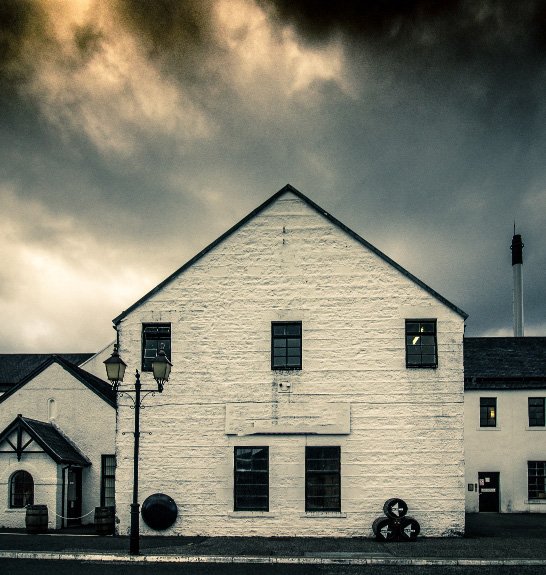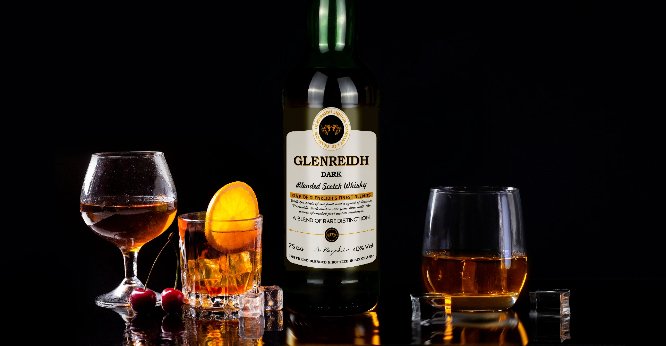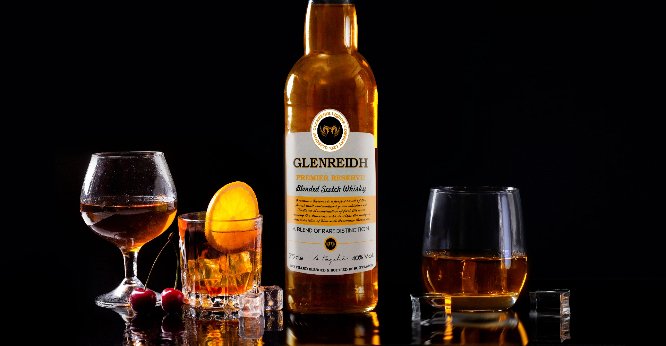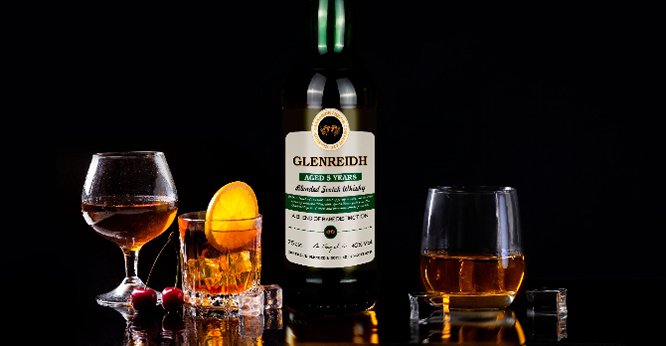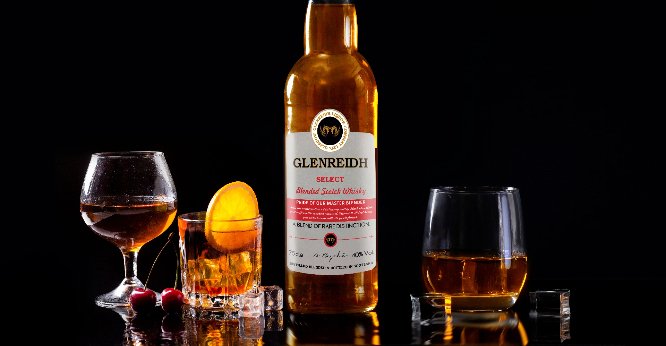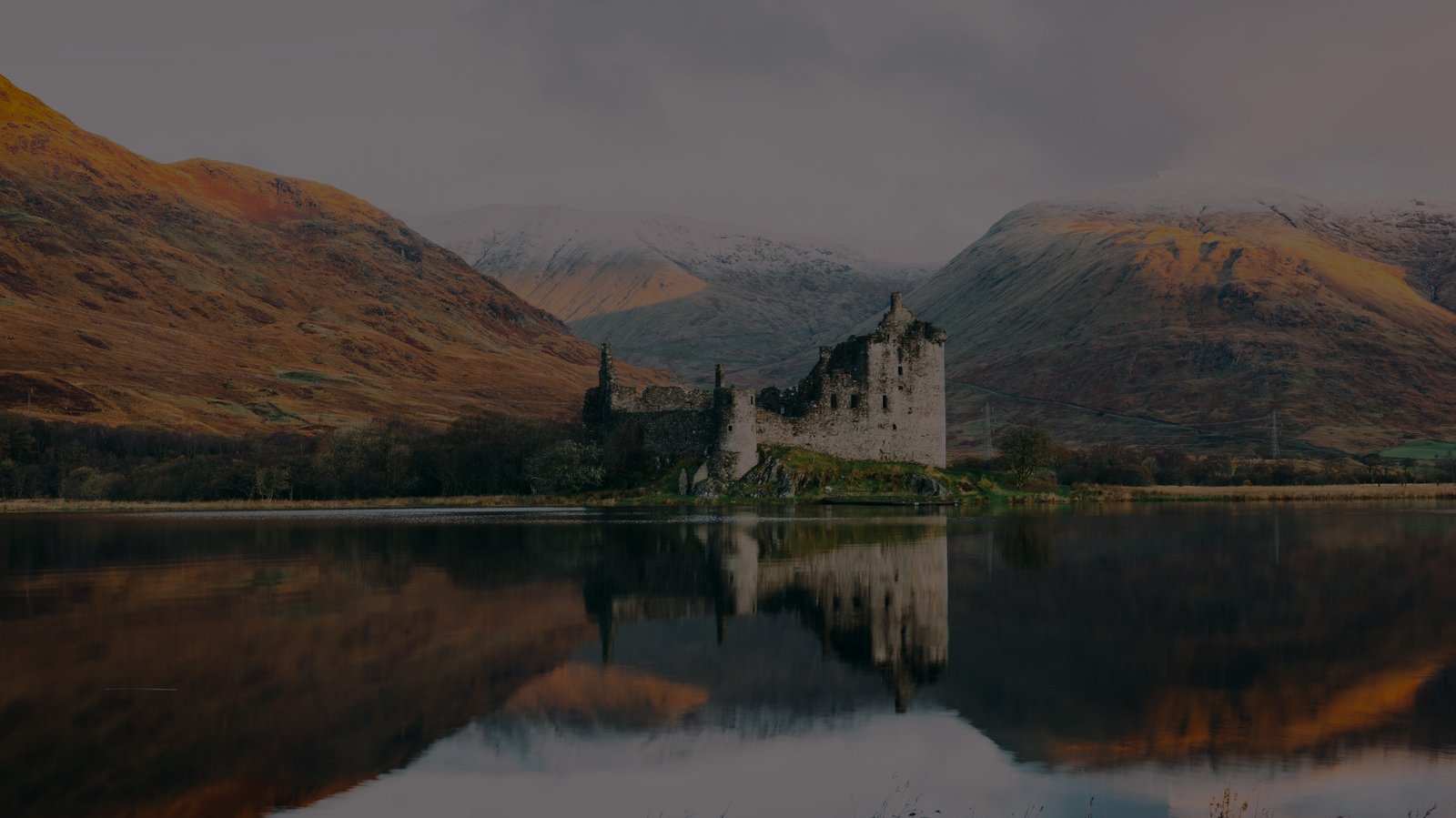
“Glenreidh is from the Scottish Highlands
Malt whiskies differ considerably in flavor depending on the distillery from which they are produced.
The geography, climatic conditions and the nature of the soil from which the water is drawn
for production are just some of the many factors that affect the characteristics of a malt whisky.

